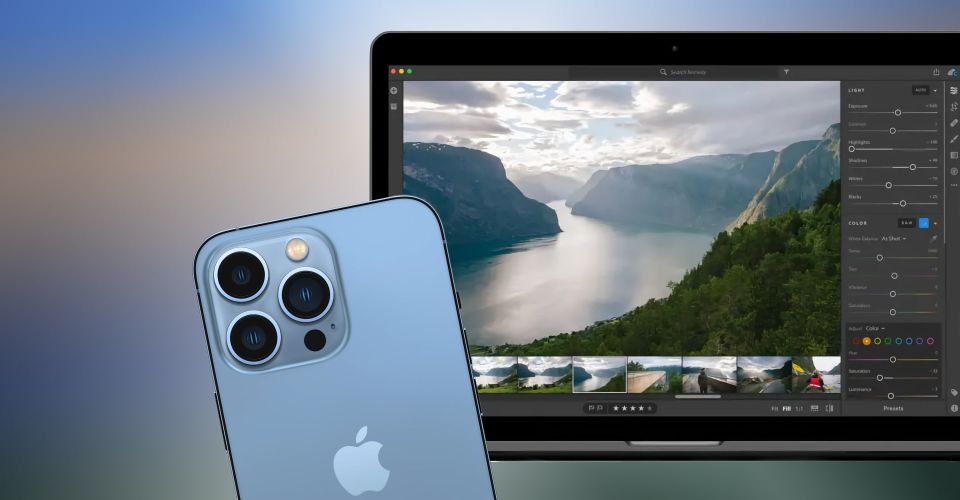Apple ProRAW: When You Should (And Shouldn’t) Take Photos With It

The iPhone 13 Pro and 12 Pro come with a photographic superpower called Apple ProRAW, which is terrific when needed but shouldn’t be used all of the time. There might be a false sense that ProRAW is best for every situation or that it doesn’t make a difference at all. Either point of view is correct, depending on how the photos are used. The wonderful thing is that Apple provides the option for ProRAW, and while the difference might not be noticeable in many cases, it can be a critical decision in others.
The RAW format has existed for well over a decade. It has been championed by professional photographers and publishers as a near necessity, allowing the user to extract the best possible result from camera hardware. This is accomplished by saving the image sensor data in a pure form without any of the adjustments made by the device manufacturer. At the same time, Apple and others attempt to maximize quality with automated processing. The algorithms used in the past rarely produced as good of a result as a human with a good eye for color and exposure. Computational photography changed things a bit, adding very advanced techniques that aren’t available to the end-user, creating a need for a new format that takes advantage of both, and that is where Apple’s ProRAW comes in.
When snapping photos with an iPhone 13 Pro or 12 Pro, a quick tap of the ProRAW button in the upper right corner captures a RAW format image with Apple’s secret sauce added. That means it’s no longer a hard choice between a processed but compressed photo or a RAW photo. The user can now get the best of both worlds with ProRAW, and for important images, it is the best choice. However, ProRAW takes more space and doesn’t include a couple of seconds of video as the default Live Photo does, so that’s worth considering. If snapping casual photos that will be shared as-is to social media, it is best to leave ProRAW off. Apple does a great job of maximizing quality overall. The difference only appears when a more intensive focus is put on each photo.
Apple ProRAW For Pro Editing

Apple’s ProRAW format for the iPhone 13 Pro and 12 Pro is designed for professional-level photography. This is when the intention is to spend more than a few seconds optimizing a picture. While ProRAW might immediately appear better for some photos with high definition detail, since the alternative is a compressed file that introduces artifacts, the difference is usually only apparent when zooming in to pixel peep or if the photo is printed at poster size. Cropping an image will also result in the picture appearing larger on-screen. If a significant amount of cropping is done, ProRAW will generally look better even if nothing is tweaked.
However, the true purpose of ProRAW is to push an iPhone photo quality closer to that of professional cameras. Computational photography can produce excellent results, but there isn’t much room to fine-tune colors and exposure if the result is compressed. The process that crunches the image down into a much more manageable size also loses a lot of fine detail. It’s better to retain all of the color information and the full range of brightness for each pixel as long as possible and apply compression at the end. This is what Apple ProRAW is all about, allowing professional users and enthusiasts to manipulate photos with powerful tools to match the photographer’s memory of a moment more precisely or to step beyond reality with creative adjustments and compositing without running into trouble as often happens with compressed photos. Apple understands creative users and gives them room for artistic editing with the iPhone 13 Pro and iPhone 12 Pro’s ProRAW capability.
Source: Apple
About The Author


















